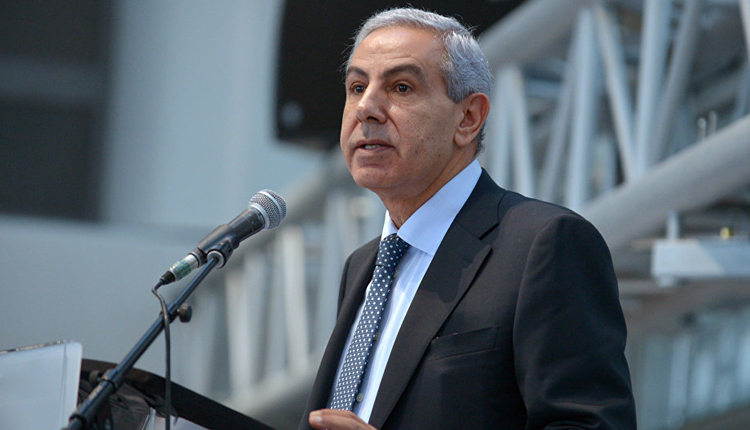Egypt’s non-petroleum exports increased 16 percent during the first four months of 2018, recording $8.64 billion, compared to $7.43 billion during the same period of 2017, according to Minister of Industry and Foreign Trade Tarek Kabil.
The minister added that the total volume of foreign trade climbed 12 percent in the January-to-April period of 2018 to reach $29.36 billion, compared to $26.14 billion in the same period of 2017.
Kabil stressed that the positive indicators of the Egyptian foreign trade reflect the success of the 2020 strategy.
The 2020 strategy was launched in November 2016 by Minister of Trade and Industry Kabil. It includes five main axes: industrial development, small and medium enterprise (SME) development and entrepreneurship, export development, training and technical education development, and corporate governance and development.
The strategy aims at increasing exports in the first place after strengthening the local industry.
The ministry seeks during the current period to enter new markets, expand in traditional markets and make full use of trade agreements signed with a large number of countries and economic blocs around the world to boost Egyptian exports to foreign markets.
Egypt benefits from the trade agreement that has lately come into action, reflecting the rising volume of its exports. The state is involved in international trade deals such as the Mercosur Agreement, which is a free-trade agreement signed by Egypt and Mercosur countries in 2010, including immediate customs clearance for 63 percent of the exports of Brazil, Argentina, Uruguay and Paraguay going to Egypt.
The Mercosur trade deal covers food, cars, auto parts and industrial supplies, and was signed by Egypt and Mercosur members in 2010, but only came into force in 2017.
Another trade agreement that Egypt is attached to is the deal with the Common Market for Eastern and Southern Africa (COMESA), which represents a free-trade area with 19 member states, stretching from Libya to Swaziland. COMESA was formed in December 1994 to replace the Preferential Trade Area, which had existed since 1981.
Kabil said that chemical and fertilizer exports jumped 27.6 percent, recording $1.66 billion in the four months period, compared $1.31 billion in the same period of 2017.
Handmade industries’ sector marked an increase of 20 percent, reaching $72 million, compared to $60 million, Kabil added.
With an increase of 14.5 percent, the readymade garments recorded $511 million, compared to $447 million, and the building materials increased 10.5 percent, recording $2.06 million, compared to $1.87 million during the same period of 2017.
The minister noted that exports of textile sector increased 8.3 percent in the first four months of 2018, reaching $295 million, compared to $273 million, adding that exports of electronic engineering goods recorded $797 million, compared to $740 million, with an increase of 7.7 percent.
Exports of agricultural crops rose 5.3 percent in 2018’s period to $1 billion, compared to $958 million, and the medical industries’ exports reached $148 million, compared to $144 million in the period of 2017, with an increase of 3.2 percent.
For his part, Head of General Organization for Export and Import Control (GOEIC) Ismail Gaber referred to the most important markets for the Egyptian exports including the Agadir Agreement’s countries, stating that exports to Agadir countries recorded $505 million, compared to $365 million during the same period of 2017, with an increase of 38.3 percent.
In 2004, Egypt signed Agadir Agreement which is a free trade agreement between four Arab countries: Egypt, Jordan, Morocco and Tunisia. The agreement which came in force in 2007 helped to enhance the trade exchange between these four countries.
As per the Egyptian exports to the African Countries, they marked an increase of 24.5 percent, recording $1.27 billion compared to $1.02 billion
Meanwhile, exports to the European Union markets jumped 17 percent to $2.39 million, compared to $2 billion during the 2017’s period.
Gaber added that markets of the United Kingdom, United States of America, Turkey, and United Arab of Emirates, in addition to Spain, Jordan and Russia were the main countries receiving Egyptian exports.
Egypt’s non-oil exports rose 10 percent in 2017 to $22.42 billion, up from $20.41 billion in 2016.
